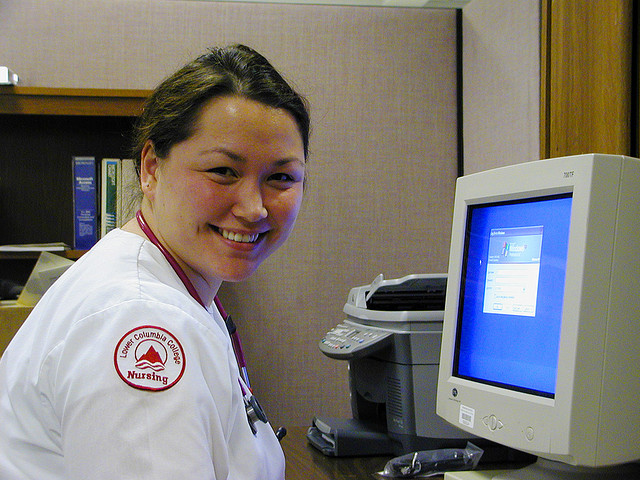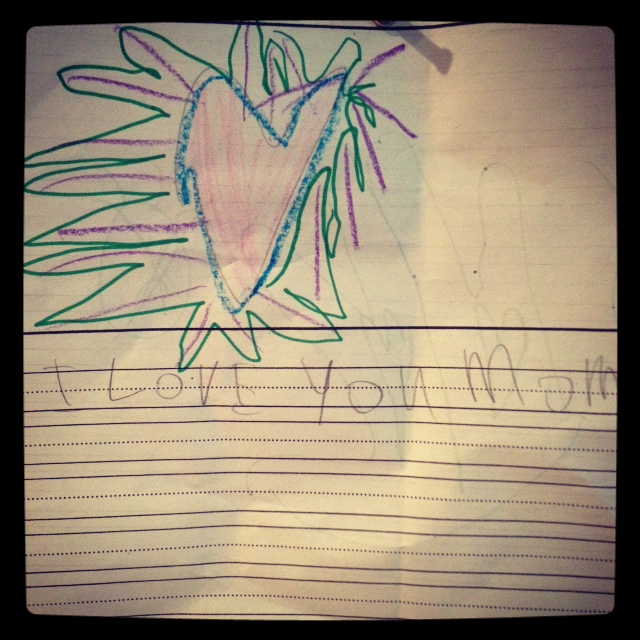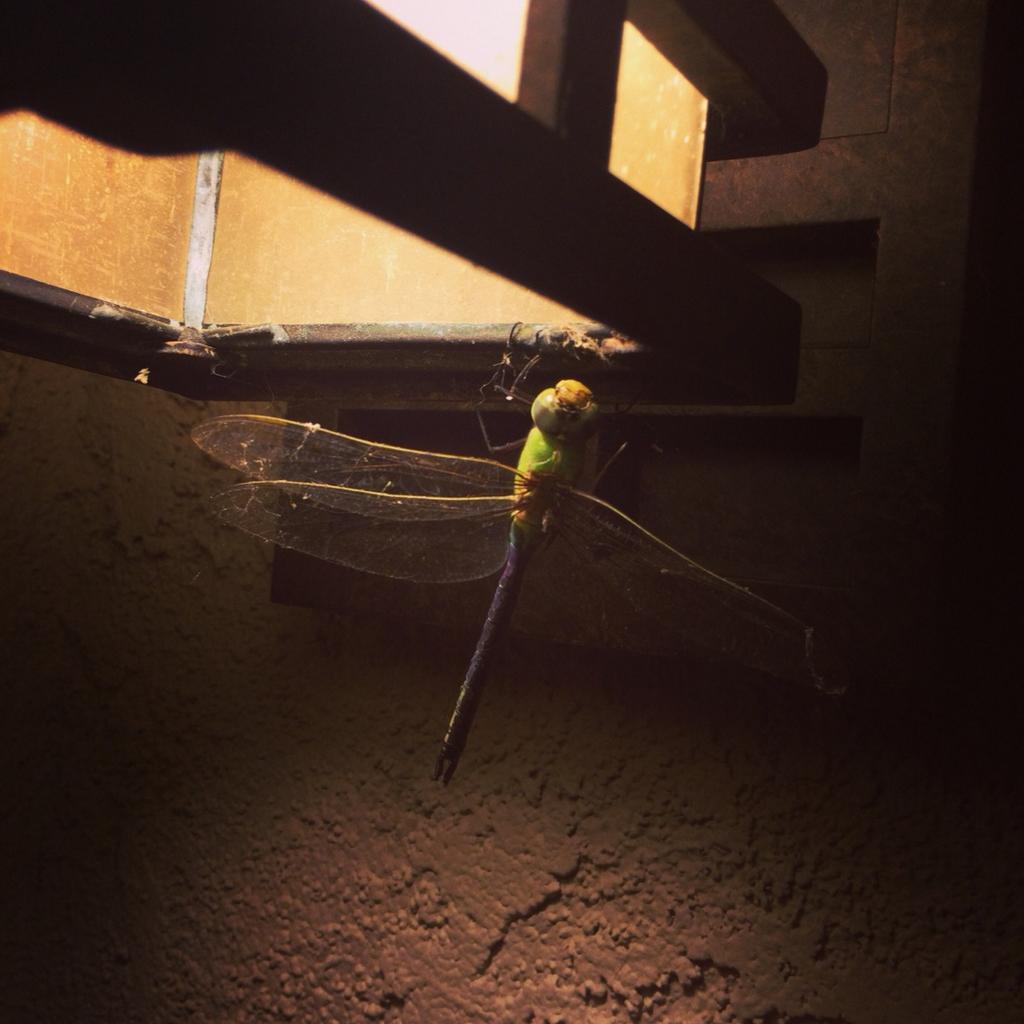
Instagram of the Week :: The History of Popcorn
Our family took a much needed vacation this week to one of my favorite places in the world – Tahoe! I plan to write a post about the fun things to do in Tahoe during the spring as one might not realize how fantastic of a place it is during this time of year! We stayed at The Marriott that offered a ton of things to do with the kids in the Kids Cub House. They also offer some fun activities for the adults including one where we learned about the history of popcorn. My family and I thought this was intriguing so we headed off to find out more about this popular food and even had a chance to taste some different flavored popcorn. My favorites were the buttered salt and pepper one and coconut popcorn, and my six year old enjoyed the fruity-loops flavored popcorn (big surprise). The whole experience was quite YUMMY!
Corny Facts
- Americans consume some 16 billion quarts of this whole grain, good-for-you treat. That’s 51 quarts per man, woman, and child.
- Compared to most snack foods, popcorn is low in calories. Air-popped popcorn has only 31 calories per cup. Oil-popped is only 55 per cup.
- Popcorn is a type of maize (or corn), a member of the grass family, and is scientifically known as Zea mays everta.
- Of the 6 types of maize/corn—pod, sweet, flour, dent, flint, and popcorn—only popcorn pops.
- Popcorn is a whole grain. It is made up of three components: the germ, endosperm, and pericarp (also know as the hull).
- Popcorn needs between 13.5-14% moisture to pop.
- Popcorn differs from other types of maize/corn in that is has a thicker pericarp/hull. The hull allows pressure from the heated water to build and eventually bursts open. The inside starch becomes gelatinous while being heated; when the hull bursts, the gelatinized starch spills out and cools, giving it its familiar popcorn shape.
- Most U.S. popcorn is grown in the Midwest, primarily in Indiana, Nebraska, Ohio, Illinois, Iowa, Kentucky and Missouri.
- Many people believe the acres of corn they see in the Midwest during growing season could be picked and eaten for dinner, or dried and popped. In fact, those acres are typically field corn, which is used largely for livestock feed, and differs from both sweet corn and popcorn.
- The peak period for popcorn sales for home consumption is in the fall.
- Most popcorn comes in two basic shapes when it’s popped: snowflake and mushroom. Snowflake is used in movie theaters and ballparks because it looks and pops bigger. Mushroom is used for candy confections because it doesn’t crumble. (Source: www.popcorn.org).
Early Popcorn History
- Biblical accounts of “corn” stored in the pyramids of Egypt are misunderstood. The “corn” from the bible was probably barley. The mistake comes from a changed use of the word “corn,” which used to signify the most-used grain of a specific place. In England, “corn” was wheat, and in Scotland and Ireland the word referred to oats. Since maize was the common American “corn,” it took that name — and keeps it today.
- It is believed that the first use of wild and early cultivated corn was popping.
- The oldest ears of popcorn ever found were discovered in the Bat Cave of west central New Mexico in 1948 and 1950. Ranging from smaller than a penny to about 2 inches, the oldest Bat Cave ears are about 4,000 years old.
- Popcorn was integral to early 16th century Aztec Indian ceremonies. Bernardino de Sahagun writes: “And also a number of young women danced, having so vowed, a popcorn dance. As thick as tassels of maize were their popcorn garlands. And these they placed upon (the girls’) heads.”
- In 1519, Cortes got his first sight of popcorn when he invaded Mexico and came into contact with the Aztecs. Popcorn was an important food for the Aztec Indians, who also used popcorn as decoration for ceremonial headdresses, necklaces and ornaments on statues of their gods, including Tlaloc, the god of rain and fertility. (Source: www.popcorn.org).
It was fun to learn about this popular snack and taste some different types! It is a great snack and low calorie (air-popped) that we plan to enjoy for years to come. How about you?
Photo courtesy of Flickr: https://www.flickr.com/photos/jessica_nunemaker/5300616249/sizes/z/in/photostream/
Photo (old popcorn machine) courtesy of Flickr: https://www.flickr.com/photos/ocarchives/3025758942/sizes/z/in/photostream/
Do you snack on popcorn at home or eat it only at the movies?
0





